READY TO GET STARTED?
REQUEST A FREE ESTIMATE
Fill out the form below or call (888) 466-7849 for a free, no-obligation estimate.
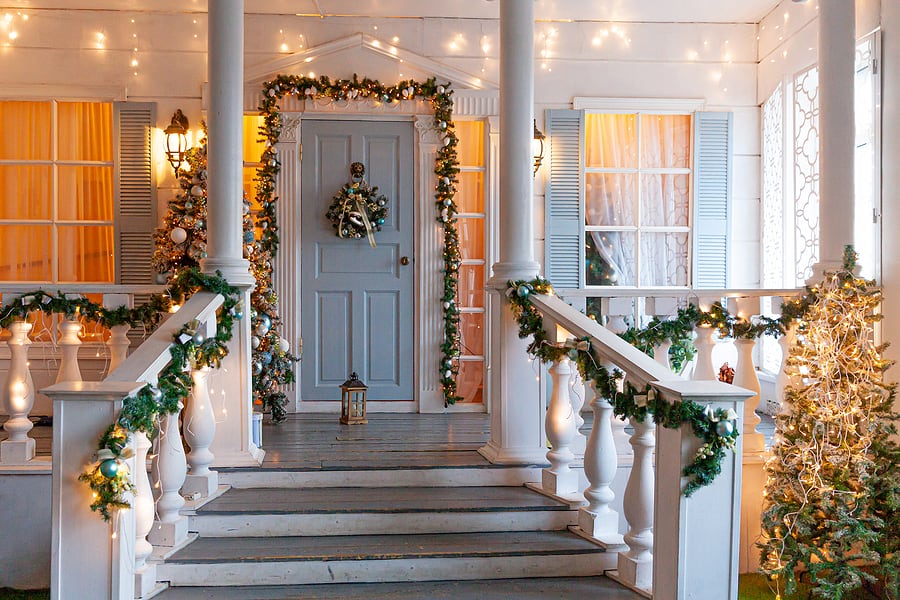
It’s nearly impossible not to spend money during the holiday season. While we want to enjoy this time of gift-giving with our loved ones, it can sometimes burn a hole in our wallets! Even though the holidays are upon us, you can still find ways to cut back on costs and even create a healthier environment for your home!
Attic Insulation
Attic insulation can help save on energy costs and ensure you are living in a healthy environment. Some say that attic insulation is essential in cutting down on air and heat that escapes from your home. Reducing the amount of energy escaping can help lower your energy bills, potentially saving you up to 30%!
Besides the financial impact of attic insulation, it can also help prevent overwintering pests. Pests like rats, mice, and roaches are looking for a warm place to stay over the colder months. They can easily damage your home and bring in harmful diseases. Attic insulation can help reduce and control the number of pests making their way inside your home.
Crawlspace Enclosure (CrawlSpace Care)
Crawlspace enclosure provides many benefits to homes that have them. Enclosing your crawlspace can help lessen the workload of your HVAC unit. This can help save you up to 18% on your utility bill and control humidity levels throughout your home.
While saving money on your utility bill is always a plus, making sure your family is living in a healthy environment is just as important! When you enclose (whether it’s the attic or the crawlspace), you will reap the benefits of improved air quality, consistent temperatures, and pest prevention including wood-eating insects.
Investing in insulation in your home will not only help you during the holiday season but year-round. For more information or to get a free quote, contact your local pest control company where a professional can recommend the best plan for your home.
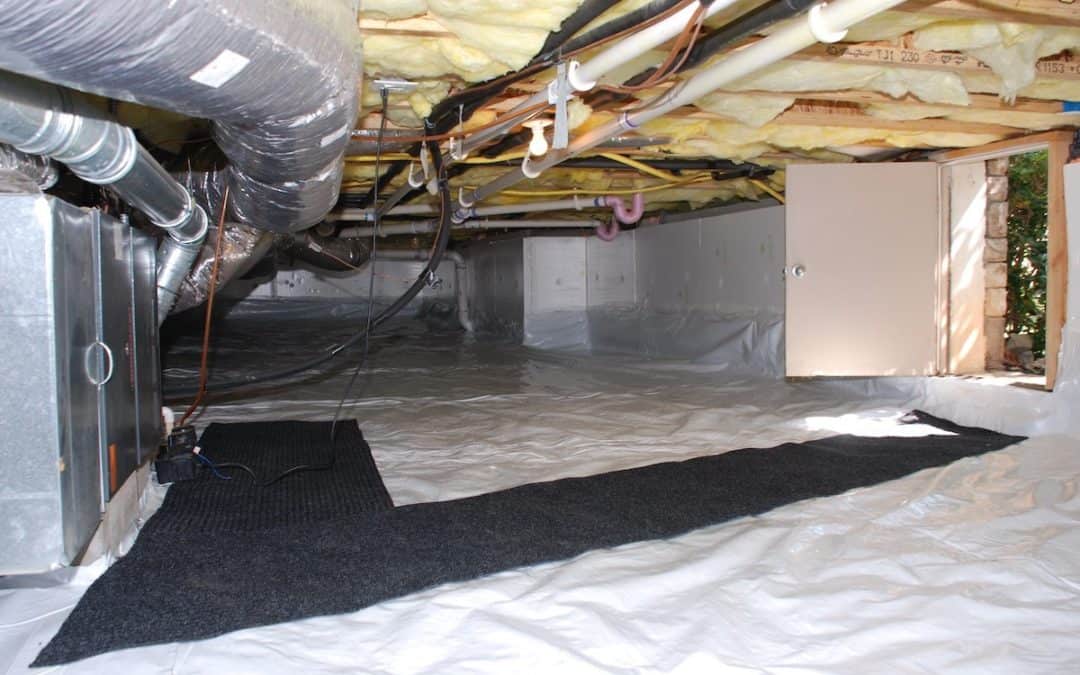
Dealing with cold winter weather outside is bad enough; when the cold temperatures start creeping into your home it’s even worse. Heating systems work hard enough in the winter time to keep our homes warm and comfortable. Additional cold air seeping into your house leaves us with cold feet and higher energy bills.
Up to 50% of household air flows in from your crawlspace. An unenclosed crawlspace lets your heated or cooled air out and lets outdoor air in. This causes your heating and cooling systems to work overtime to compensate for this fluctuation in temperatures, causing you to still feel cold floors and inconsistent temps throughout the house. These units burn more energy leading to increased utility bills. This also puts more strain on the system leading to repairs and replacements sooner and more often.
Crawlspace enclosure is similar to adding a liner to your pool to avoid leaks. Water vapor enters your crawlspace from the ground and can even seep through cement. Increased moisture can cause a host of problems in your crawlspace and your home. Moisture attracts pests; degrades indoor air quality; provides the ideal condition for mold and mildew growth which leads to rot, warped floors, and structural damage. Adding a moisture barrier and dehumidifier is a great way to help keep the moisture out of your crawlspace.
Some common reasons people enclose their crawlspace include:
There are two main disadvantages to crawlspace enclosure. The first is the initial cost of installation. While there is a somewhat pricey initial fee for installation, the savings in energy bills and pest control costs over the long term offset these costs. The second disadvantage is improper installation. Whether doing it yourself or using a professional, improper installation or faulty materials do occur. The most common signs of improper installation include:
Once you have your crawlspace enclosed, it is important to continually inspect it to make sure tears or other damage have occurred. It is recommended that the crawlspace be inspected at least once per year but preferably twice per year. Many homeowners time their crawlspace enclosure inspection to coincide with their annual termite inspection. It is important to check the crawlspace for moisture levels (there should be no humidity, condensation, or standing water); signs of mold or rot (including loose joists, damage to support beams and air ducts, or visible mold present); and signs of rodents or pest activity (including droppings and chew marks).
While crawlspace enclosure can be a DIY project, it is recommended that installation be done by a professional. This not only helps ensure quality materials and appropriate techniques are used but also guarantees repairs and replacement in the event there are issues. Contact your local pest control company for a crawlspace enclosure quote.
Is That A Rat or A Mouse and Why It Matters
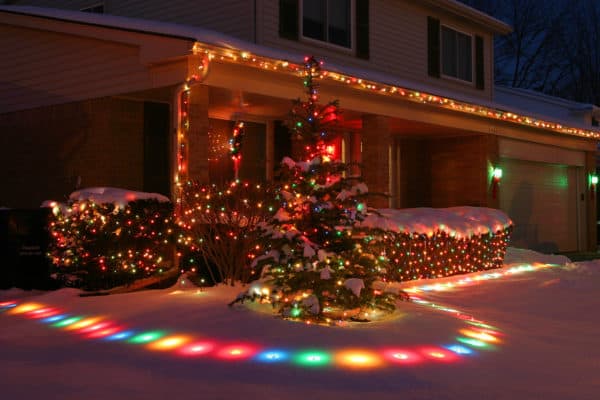
With the holidays looming near, you may be looking for areas where you can cut back on costs to give you that extra holiday cushion. We have a few tips you can consider that can not only help you go green but also put some extra cash back in your pocket!
Properly insulating your home can help energy efficiency throughout, helping you save money in the long run, not just the holiday season. Let Northwest help you go green and save green! Call and schedule your free inspection today!
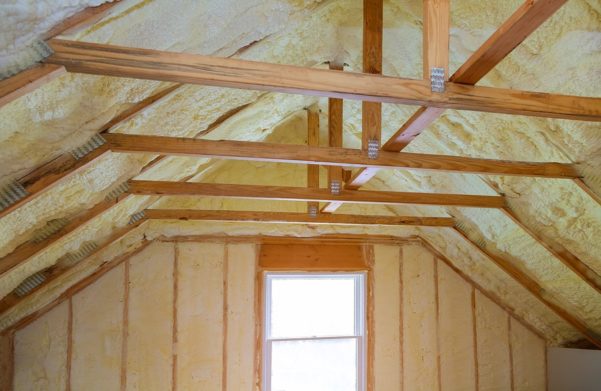
This unseasonably hot weather has catapulted us straight into summer. If you have found yourself making multiple trips back and forth to your thermostat, it may be time to look into improvements around your home that not only stop the multiple trips but also save you money in the end.
With the sun beating down on the roof of your home with little to no cloud cover, your attic will easily see high temperatures during the summer. Without proper insulation, the heat will absorb through the hard materials that make up your home, leading to unbearable temperatures inside.
Proper attic insulation will create air pockets which slow the heat attempting to flow through your home. This will help uneven temperatures between the rooms in your home and lessen the need to consistently visit your thermostat.
High heat and humidity have caused your home to become muggy and intolerable. The humidity and moisture can also become a welcoming environment for mold, fungi, and pests.
Investing in the encapsulation of your crawl space could not only save you money on your energy bills, but also prevent a headache in the long run. Termites thrive in areas of high moisture, putting your home at risk for structural damage. Not only will this method act as pest control, but it can also improve the air quality of your home and create more comfortable living conditions for you and your family.
Still on the fence? Give us a call to schedule your free inspection today, and one of our licensed professionals will answer all of your questions.
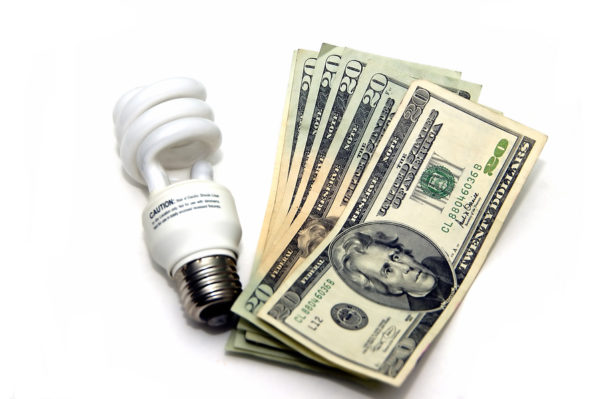
Whether you’re trying to decrease your carbon footprint or just put some extra cash in your pocket each year, cutting energy costs in the winter months is one way to get there. Heating and cooling costs make up a significant percentage of your annual utility bills. By making adjustments in your home, you can reduce the amount of money you spend on energy. Check out these 9 energy saving tips for winter:
According to the US Department of Energy, you can save up to 10% each year on your heating bills by lowering your thermostat by 10-15 degrees for 8 hours a day. For those who work outside the home, the best way to do this is to lower your thermostat when you leave for work in the morning and then bump it back up when you return home in the evening. For those who are home during the day, lower the thermostat when you go to sleep and use flannel sheets and a warm comforter to help combat the chill. If this is too much to remember, consider investing in a programmable thermostat so it will automatically adjust the temperature when you set it to.
If you have rooms that you rarely use such as guest bedrooms or rooms you use for storage, close off and seal the vents that go to these areas. This will help make your home more energy efficient and will direct airflow to the rooms you use the most. You can use space heaters to warm these areas when you need to use them.
The air in your home can become very dry, especially in the winter when the heat is run more frequently. Moist air feels warmer than dry air and also holds heat better. By using a humidifier, you can make your home feel warmer and more comfortable, especially during the times you set your thermostat lower. The humidifier can also help prevent nosebleeds and dry eyes that are common when we run the heat during the winter. You can also increase the humidity in your home by bringing in house plants.
One of the cheapest ways to heat your home in the winter is to use the sun for free heat. Open curtains and blinds on your south facing windows during the winter months to bring heat into your home. Close the curtains and blinds when the sun goes down to help keep the heat inside after dark.
Ceiling fans are a great resource to use to get better airflow in your home. By running your fans clockwise in the winter, heat is trapped in your rooms keeping them warmer. Keep fans on a low setting to gently push warm air down into the room.
We lose a significant amount of money each year by heat and air escaping from our homes due to insufficient insulation. Consider installing TAP (thermal acoustical pest control) insulation to keep this from happening to you. TAP is an energy star rated insulation made from 87% recycled newsprint and treated with a natural pesticide. This not only protects your home from pests but also keeps your HVAC unit running efficiently and can save you 20-38% on your energy bills.
Seal around your utility pipes, gaps around chimneys and recessed lights in insulated ceilings, and the unfinished spaces behind your cabinets and closets. Caulk and add weatherstripping around doors and windows. This will help keep air from escaping out of the house and help reduce your energy bills.
Instead of cranking up the heat, put on warm clothes like sweaters and fuzzy socks. Keep throw blankets on your couches and use area rugs to keep your floors warmer.
Whether it’s in your home or outside when you decorate for the holidays, using LED lights consumes up to 75% less energy and they can last up to 25% longer than traditional incandescent lights. They also emit less heat than traditional lightbulbs, making them a much safer alternative.